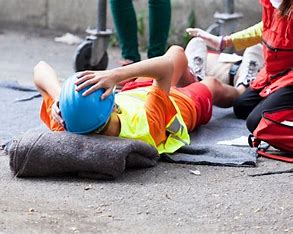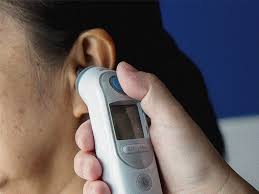What is heat stroke?
Heatstroke is a condition caused by the body overheating. This usually happens because of exposure to high temperatures or physical activity in high temperatures for too long. There are a few stages of heat injury, and heatstroke is the most serious. It can happen if body temperature rises to 104 F (40 C) or higher. Heatstroke is most common in the summer months.
Heatstroke needs emergency care. If it’s not treated, it can quickly damage the brain, heart, kidneys, and muscles. This damage gets worse the longer treatment is delayed, increasing the risk of serious complications or death.

Signs and Symptoms
- Flushed, hot, dry skin.
- Severe confusion.
- Throbbing Headache
- Dizziness
- Nausea, Vomiting.
- Reduction in levels of response, unconsciousness
- Seizures.
Treatment for Heat Stroke
- Call 999
- Move casualty into a shaded area or use barriers to shield them from the sun.
- Remove clothing or soak clothing to cool the casualty until the temperature is normal, then remove any wet clothing.
- Use a fan if possible
- Sponge them with cool water
- Wet lips with a soaked sponge


Check Temperature
Checking temperature is vital to ensure that it is decreasing or increasing. A thermometer is a must-have item in your first aid kit. When checking the casualty’s temperature, ensure you know the thermometer. Ear thermometers are user-friendly and accurate.
Heat Exhaustion
Heat exhaustion occurs when the body loses water and salts through excessive sweating. The common causes are working in excessive heat, exercise, or a very hot day. Heat Exhaustion occurs when the body temperature rises above 38 degrees Celsius. If not treated, the condition can lead to severe heat stroke.

Signs and Symptoms
- Flushed, hot, dry skin.
- Severe confusion.
- Throbbing Headache
- Dizziness
- Nausea, Vomiting.
- Reduction in levels of response, unconsciousness
- Seizures.
